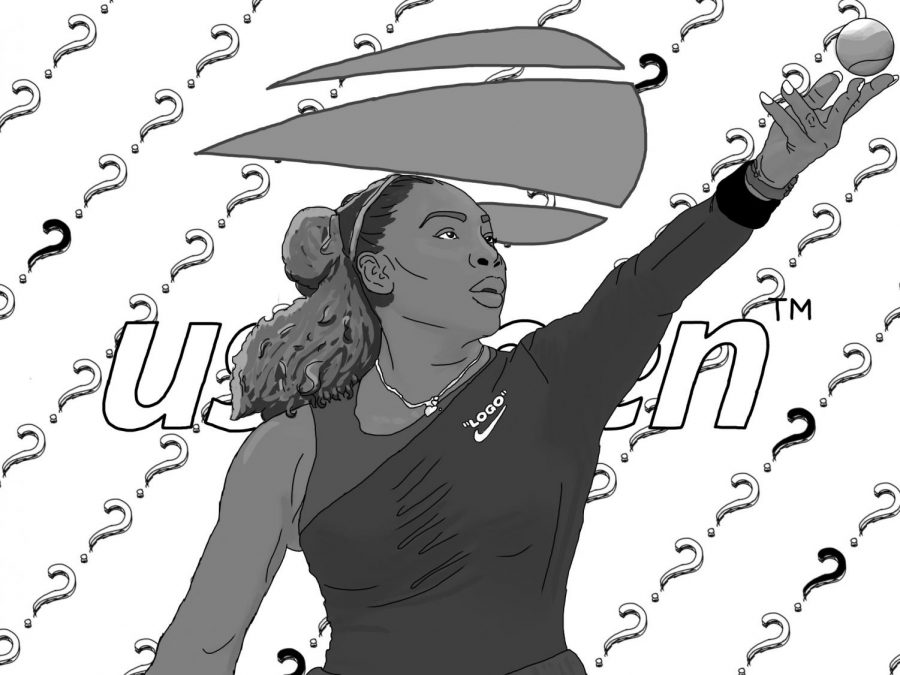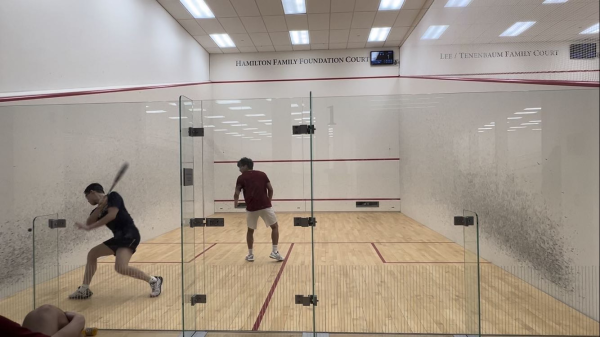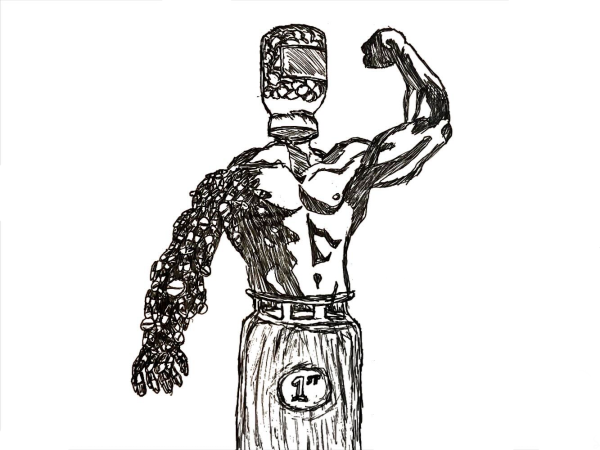Serena Williams Controversy
The world watched in awe as the U.S Open final took place earlier this September. After having her first child less than a year before, Serena Williams returned to the Open, hungrier than ever to seize a hard, sought-after victory. Shaking off rust from the early rounds, Serena battled her way to the final. Her opponent, Naomi Osaka, came out swinging and proved herself a more than capable opponent to Serena, and took the lead early on.
After losing the first set 6-2, Serena still couldn’t find her strokes, and continued to lose winnable games. Osaka, to her credit, kept her foot on the gas-pedal as she sought her first major title. When Serena was down 15-40 in the set, umpire Carlos Ramos claimed that she was receiving outside coaching, and charged her with a code violation, her first warning in her matches that day. Serena disputed this, and the second set continued. After losing a point later on, Serena smashed her racket on the court in frustration, resulting in a point penalty. On the next change over, Serena took advantage of the break to confront Ramos and to demand that he return the point to her. She was quoted calling Ramos a thief. This led to her third code violation and resulted in a game penalty, handing Osaka a 5-3 lead, which the younger player rode to her first major title.
During the awards ceremony, the New York crowd booed Osaka, disappointed that the umpire’s decision had so greatly impacted the match. Serena, who had cooled off, congratulated Osaka, and urged the crowd to support the 20-year-old in her first Open win. In the press conference however, Serena was more animated. According to BBC, she said that she was “here fighting for women’s rights.” She also claimed that Ramos had never taken a game from a man because he said ‘thief’.
Though she was angry about both the point and game penalty, a large part of Serena’s frustration stemmed from the umpire questioning her integrity. Throughout her career, Serena has faced unjust treatment due to not only her gender but also her race. For example, during the US Open in 2009, Serena was disqualified from the semifinals because of a foot fault and an argument with the lineswoman, while many men and white women have said and done much worse to officials and received a lesser punishment. And while Williams’ coach for the 2018 Open, Patrick Mouratoglou, later admitted to his code violation for coaching, he claimed that “all coaches are coaching throughout the match,” according to Bleacher Report.
After the match, talk about the treatment Serena received, and its implications on sexism in sports ran rampant. While some questioned Serena’s belligerence and negative behavior, others were adamant that she would have received different treatment had she been a man. Mr. Prockop, the girls’ varsity tennis coach stated, “it was fair treatment according to the letter of the law, but it was not how he should have handled it based on the momentous situation and based on how umpires treat those situations with male players.” Ms. Sen-Das, Director of Diversity and Inclusion, had a similar opinion. She said that “we have to understand Serena’s explosion and where it comes from…At the root of the anger are real issues that we as a society are not facing. We are not having the conversations we should [about how] sexism and racism in our society [are] played out in the field of sports.”
With this match, important conversations about sexism in sports have become more prevalent. For Serena, becoming a mother played a big role in why she chose to speak out about the challenges that plague women on court, stating “I have a daughter, and I stand for what is right. I have never cheated.” Hopefully, having prominent women in sports speak up for what they believe in will spur more conversations regarding the prejudice that many women, and specifically women of color, face in all different aspects of sports.













